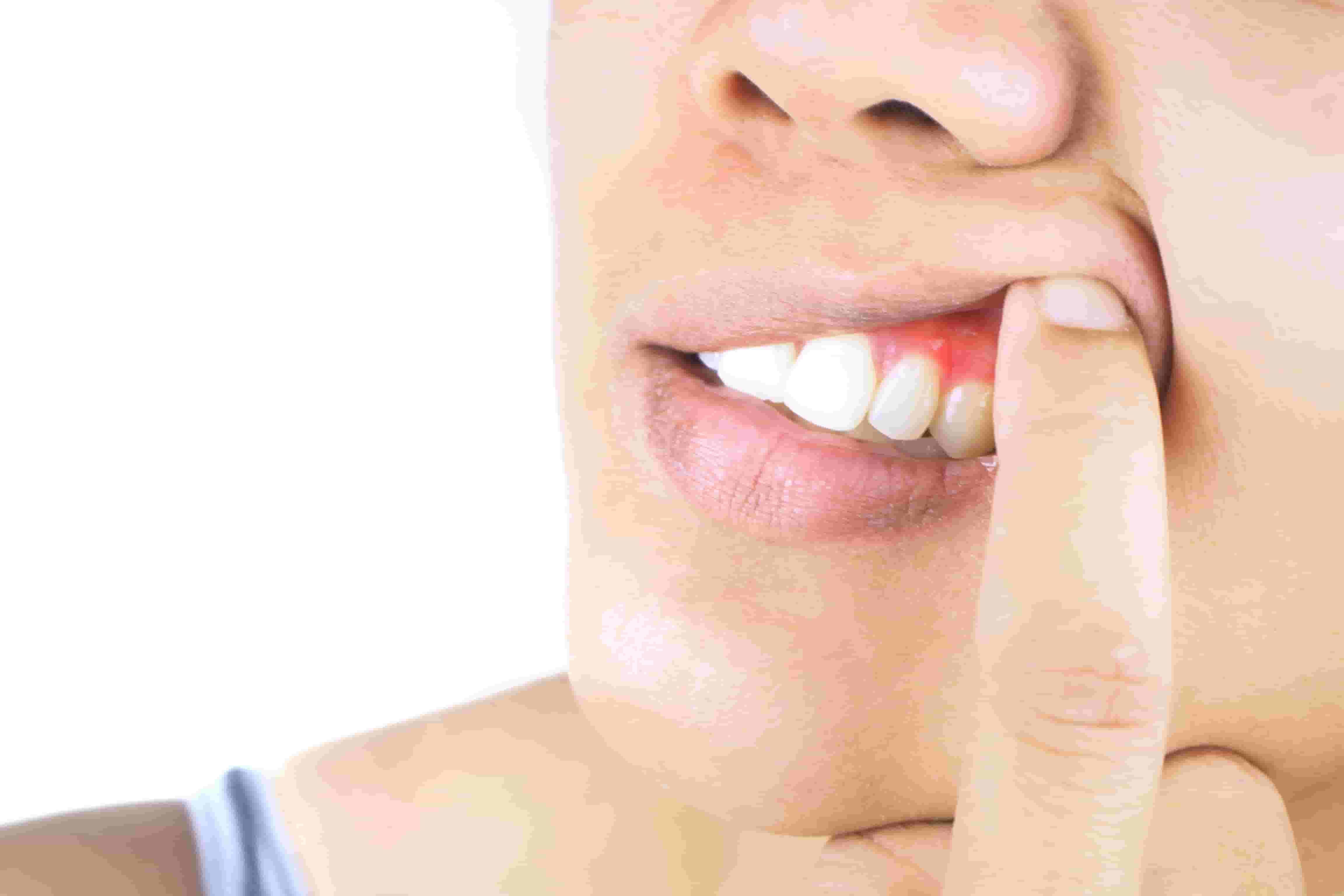Yes, it’s possible to whiten sensitive teeth using specially formulated treatments that minimise discomfort while still achieving noticeable results.
If you have sensitive teeth but want a brighter smile, you are not alone. Many Australians experience discomfort when using regular whitening treatments, especially with over-the-counter kits. The good news is that there are gentle and effective options specifically designed for people with sensitive teeth.
In this guide, we will explain the safest teeth whitening options for sensitivity, compare in-chair and at-home methods, and help you choose a solution that gives results without the pain.
What Causes Tooth Sensitivity During Whitening?
Tooth sensitivity often results from exposed dentin or worn enamel. Whitening agents, such as hydrogen peroxide or carbamide peroxide, can temporarily irritate the tooth nerves, leading to discomfort. The stronger the concentration and the longer the exposure, the more likely you are to experience sensitivity.
If you already suffer from sensitive teeth, using traditional whitening products may increase discomfort unless you choose solutions designed to protect your enamel and nerve endings.
Best Sensitive Teeth Whitening Options in Australia
Looking for a gentler approach? Here are the most recommended options:
In-Chair Teeth Whitening for Sensitive Teeth
Professional in-chair whitening at a dental clinic is one of the safest options for patients with sensitivity.
Why it works:
-
Dentists can customise the whitening solution strength
-
Desensitising agents are applied before and after the treatment
-
Results are fast, often within one session
-
Supervised care reduces risk of irritation
At Tooth Heaven, we use gentle whitening systems suited for sensitive teeth and monitor the entire process to ensure comfort and safety.
At-Home Whitening for Sensitive Teeth
If you prefer whitening your teeth at home, look for dentist-recommended kits that are formulated for sensitivity.
Features to look for:
-
Low concentration of peroxide
-
Added fluoride or potassium nitrate for sensitivity relief
-
Custom-fitted trays (from your dentist) for even application
-
Use every second day instead of daily
Gentle Whitening Toothpastes and Strips
Over-the-counter whitening products are generally milder but results take longer.
Examples include:
-
Whitening toothpaste with enamel protection
-
Strips with reduced peroxide levels
-
Gels with added desensitisers
While these are more affordable, they offer subtle results and must be used consistently over time.
In-Chair vs At-Home Whitening for Sensitive Teeth
| Feature | In-Chair Whitening | At-Home Whitening |
| Supervision | Performed by a dental professional | Self-applied |
| Strength | High but controlled | Mild and gradual |
| Desensitising treatments | Applied before or during session | May be included in formula |
| Cost | Higher upfront cost | More affordable over time |
| Results | Fast, visible in one visit | Slower, requires multiple applications |
If you are unsure which method suits you best, your dentist can assess your oral health and recommend the safest approach based on your sensitivity level.
Tips for Whitening Sensitive Teeth Safely
-
Visit a dentist first to rule out underlying issues like decay or gum disease
-
Use a sensitive toothpaste for two weeks before and after whitening
-
Avoid extremely hot or cold food and drinks after treatment
-
Limit whitening frequency to prevent enamel damage
-
Follow your dentist’s instructions for both in-chair and take-home products
Quick Answers
Can people with sensitive teeth whiten their teeth?
Yes, with the right products and guidance from a dentist, people with sensitive teeth can safely whiten their teeth.
What is the best teeth whitening method for sensitivity?
In-chair whitening with desensitising agents is often the most comfortable and effective option.
Are whitening toothpastes safe for sensitive teeth?
Yes, as long as they are specifically formulated for sensitivity and used as directed.
Will teeth whitening make sensitivity worse?
If done incorrectly or too frequently, it can. However, professional treatments reduce this risk significantly.
How long should I wait between whitening treatments?
It is best to wait at least six months between treatments unless your dentist advises otherwise.
Conclusion
Teeth whitening for sensitive teeth is not only possible, it is highly effective when done right. Whether you prefer professional in-chair treatments or a gentle at-home approach, the key is to use products designed for sensitivity and seek expert advice before starting.
Want to whiten your teeth without the pain?
Contact Tooth Heaven to book a consultation and find the right solution for your smile. You can also explore our blog on Teeth Whitening Cost in Australia for a deeper comparison.
